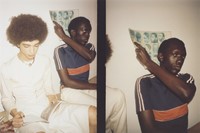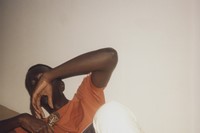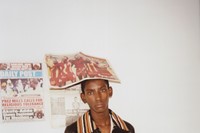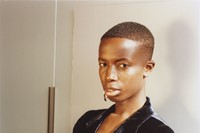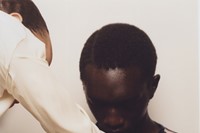To celebrate the London talent's nomination for best British menswear designer at the upcoming British Fashion Awards 2016, we resurface her insightful interview from the latest issue of AnOther Magazine
Few designers have achieved such rapid ascent to renown as Grace Wales Bonner. What’s more, the 25-year-old Central Saint Martins graduate (above, standing) has built a name for her eponymous label and its impeccably executed tailoring without a hint of courting the press – in fact, they have flocked to her.
Softly spoken and intensely thoughtful, after her first season presenting under the Fashion East initiative, she was summoned to present at the V&A; by the time she finished her third, she was nominated for the LVMH Prize – and then won it within a fortnight of presenting her first solo fashion show. Held this past June, that show was filled with an array of fashion’s biggest names. Her rise is made all the more impressive by the fact that her collections are a celebration of blackness, in an industry often dominated by Eurocentricity and whitewashing.
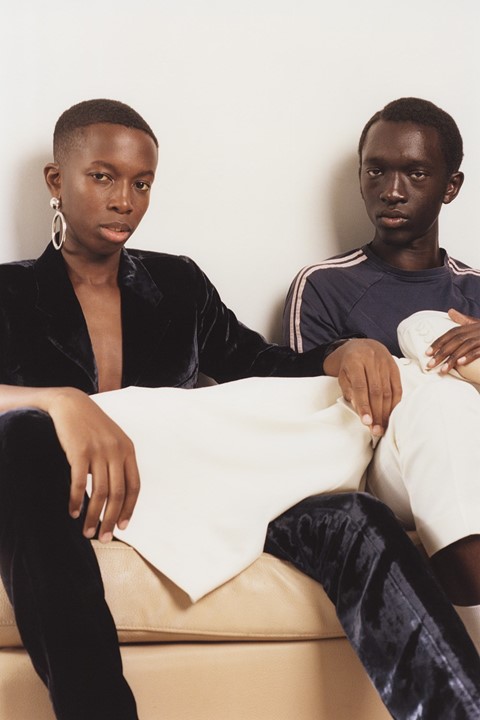
“A lot of people have really gone out of their way to encourage me,” she says quietly. “It’s incredible how small the world is; how people just reach out to you.” And, as soon as you sit down with Wales Bonner, or one of her pieces, the frenzy that now surrounds her makes sense. Not only are the garments she creates flawless – this season, elegant dress coats embellished with palm trees rendered in cowrie shells and golden thread; tightly-pleated Sunday-best kilts teamed with Paris Is Burning opulence – but each stitch, each shimmer, each hand-woven strip of Rastafari crochet, is both deeply personal and embedded with meaning.
Wales Bonner grew up in South London to a Jamaican father and an English mother. At secondary school, she struggled to negotiate her place in a world that demanded she be either black or not black: “The choice was taken out of my hands,” she says. “Different people had different expectations of me, and I felt completely removed from the conversation.” Now, through integrating the philosophies of artists like Kerry James Marshall, jazz composer Sun Ra and photographer Malick Sidibé into her work, she has sought to negotiate, and claim, both her history and her future.
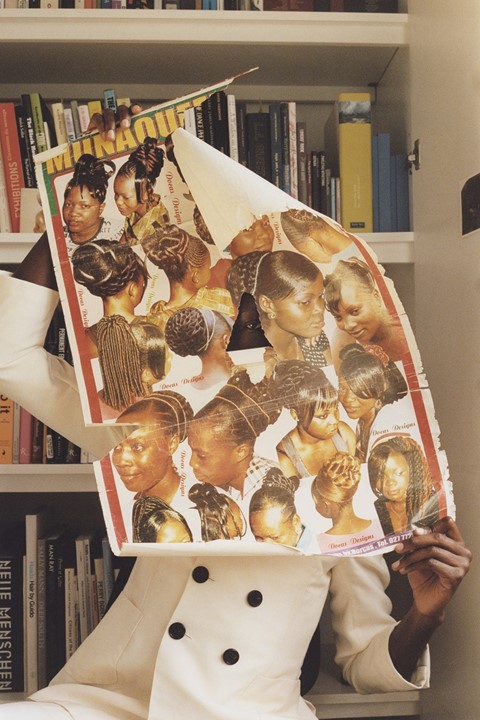
This season she took the history of the Emperor of Ethiopia and Rastafari messiah, Haile Selassie, as the starting point for her references; his championing of Afrodiasporic selfhood and black consciousness on the global stage was translated into a meditative exploration of “the idea of working within European frameworks, and yet still having a sense of your own identity”. Sober black jackets dripped with glistening pearl military medallions, ceremonial sashes became starched twists in crisp white shirting, and traditional Caribbean hand-work was elevated into luxuriant finishes. “I wanted everything to be essential and meaningful, not just a styling trick,” she says – and while this most recent collection showed her first explicit extension into womenswear on the runway (previously, menswear pieces have simply been re-sized to suit demand), what resonates most about Wales Bonner’s work is that it shows an essential, meaningful development in how we figure both black history and black masculinity. “I want to give the boys that I work with the space to be themselves,” she says. “And to offer the idea of this promised place. Maybe it isn’t attainable, but just its promise can be reassuring; to know that there is something else out there, maybe a spiritual escapism.” If nothing else, she makes that promise look very appealing.
This article originally appeared in the A/W16 issue of AnOther Magazine.

